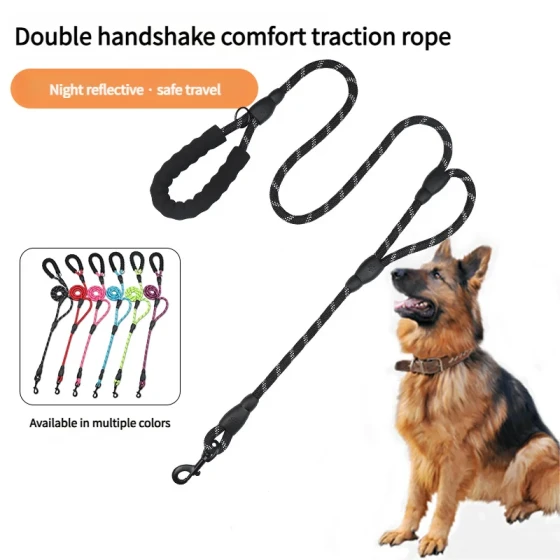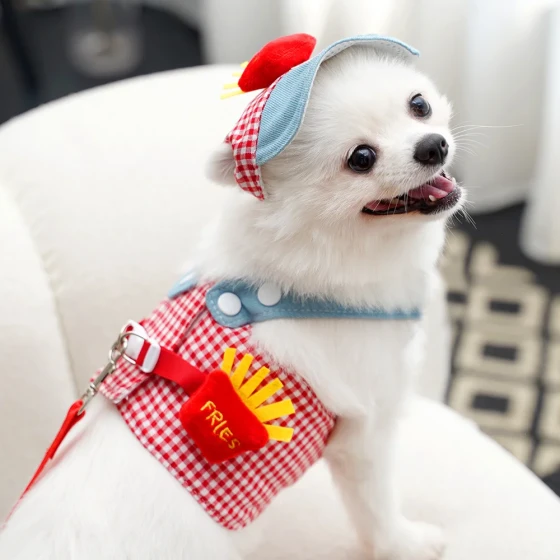How to Determine a Dog's Personality and Corresponding Training Methods

You should have a certain understanding of your dog's personality
Every dog has its own personality, so treating different dogs requires some differences, especially in training. Before training, it is best to understand what kind of personality your dog has. This should not be difficult for owners.
1. Judging a Dog's Personality
1. Tolerance Test for Dogs
Try continuously hugging and petting your dog, then observe the dog’s reaction. Dogs with high tolerance will appear very happy and want to continue. If a dog shows impatience or walks away after a while and refuses to cooperate, it may indicate that the dog has low tolerance and may lack patience during training.
2. Testing the Friendliness of Dogs
Crouch down and extend your hand to the dog in a friendly manner. See if the dog slowly approaches you, smells your hand, or if you hold food, whether the dog comes closer. If the dog slowly moves toward you, then try gently petting it. If the dog cooperates well, it indicates the dog is quite friendly.
3. Does the Dog Have Separation Anxiety
You can install a camera, then pretend to leave, and observe the dog’s reaction. If the dog walks around restlessly, scratches the door, or chews around, it indicates the dog has high dependence on its owner and suffers from separation anxiety.
2. Sensory Tests for Dogs
1. Touch Tolerance Test for Dogs
Use your thumb and index finger to pinch the skin between the dog’s toes on the front paw while counting aloud from one to ten, gradually increasing pressure. If a puppy struggles violently at the start, it may become overly sensitive to head collars, restraint, and training in the future. Dogs that only struggle at maximum pressure need a tougher trainer.
2. Auditory Hearing Test
Make a loud noise with a sound device and then hide it. Most puppies should be startled and confused. Even bold dogs will initially be surprised but quickly calm down. If a dog is completely indifferent, it’s best to check for ear problems. A puppy that quickly recovers and investigates the sound source is sharp and alert. Dogs that remain fearful and avoid the sound source need to have their courage trained.

Different personalities require different precautions
3. Visual Sensory Test
Choose some rags or clothes and wave them provocatively in front of the puppy. A confident puppy will calmly observe and study the object; an aggressive dog will try to bite it; a shy dog may hide first.
3. Training Methods for Dogs with Different Personalities
1. Lively Dogs
This type of dog is characterized by a strong excitement and inhibition process and quick flexibility in switching. Both the excitement and inhibitory reflexes form very quickly during training. However, if the training method is incorrect, it is easy for them to develop wrong associations. Therefore, special attention must be paid to training methods, using the correct approach.
2. Easily Excitable Dogs
This dog’s feature is strong excitability and weak inhibition. It quickly and firmly forms excitatory conditioned reflexes, but inhibitory conditioned reflexes form slowly and disappear easily. Therefore, don’t be too impatient during training to avoid adverse consequences.
3. Calm Dogs
This dog is characterized by relatively strong excitement and inhibition processes but lower flexibility in switching. Its inhibition process is somewhat stronger than the excitement process. Training should focus on cultivating the dog's flexibility and appropriately raising its excitability.





